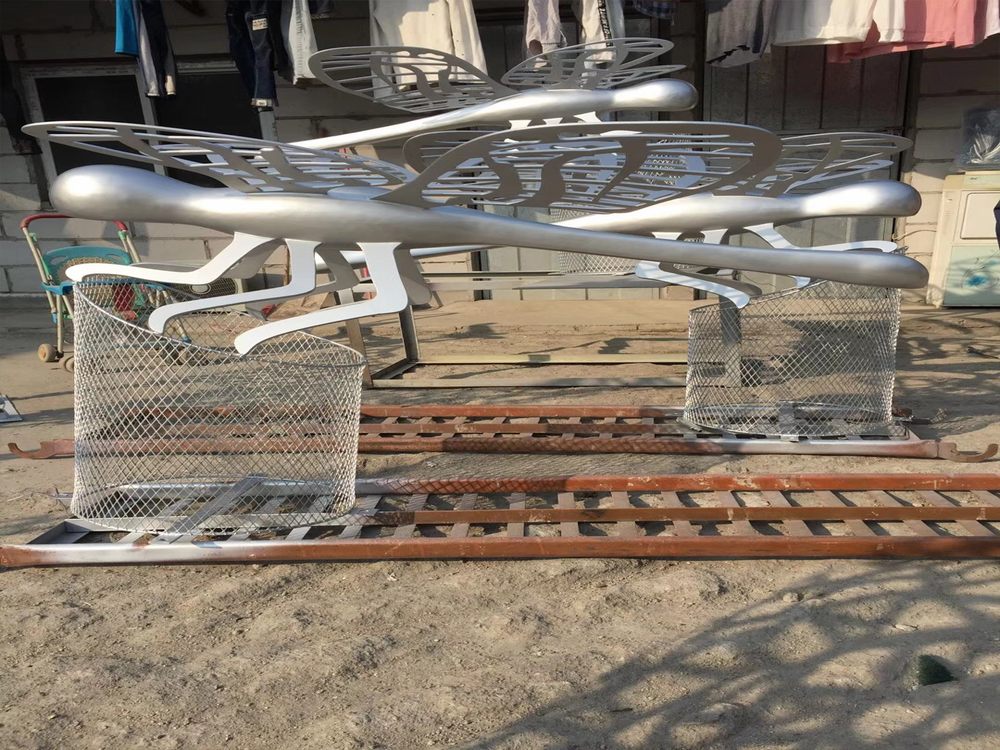
Metal sculptures uniquely capture the essence of transformation and change, both in their creation process and conceptual depth. Artists manipulate rigid materials like steel, bronze, or aluminum—substances often associated with permanence—to express fluid concepts of metamorphosis. The very act of forging, welding, or casting metal parallels themes of change: raw materials are melted, reshaped, and reborn into new forms.
Many contemporary sculptors intentionally incorporate weathering effects, allowing oxidation and patina to evolve over time, making the artwork itself a living document of transformation. Some create kinetic pieces where movement alters the sculpture's appearance, while others use fragmented or interconnected elements to suggest transitional states.
Symbolically, metal sculptures frequently represent humanity's relationship with industrial progress, environmental shifts, or personal growth. The tension between metal's solidity and the artist's ability to make it appear weightless or fluid becomes a powerful metaphor for overcoming rigidity and embracing change.
From abstract geometric shifts to figurative works depicting mythological transformations, these sculptures invite viewers to contemplate impermanence, adaptation, and the beauty of evolution—both in art and life. The medium's durability ensures these messages endure, even as their surfaces continue to transform with time.

